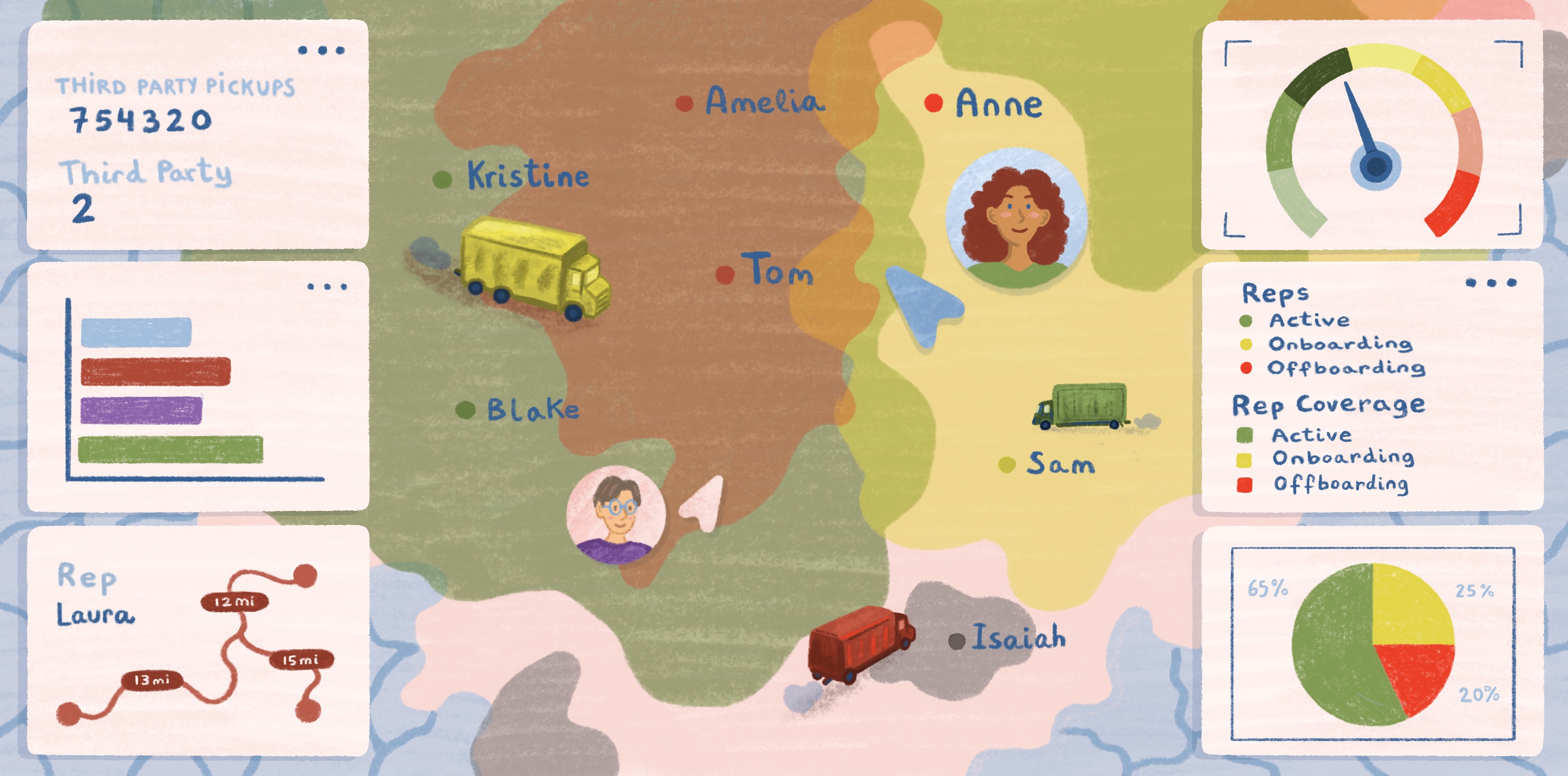Broadly, what is your unit (GGI) responsible for?
We have three main pillars of responsibility. The first is sovereignty and international boundaries. We hold the authority for creating the Large Scale International Boundary Dataset (LSIB), which is the only international boundary dataset approved for USG use. It incorporates information from treaties, courts, tribunals, national mapping agencies, and international arbitration (de jure), and not necessarily limits of control “on the ground” (de facto). The LSIB is the only dataset we are responsible for providing as a National Geospatial Data Asset endorsed by the Federal Geographic Data Committee
Because we are responsible for this information, we field questions on a daily basis about territorial and sovereignty claims and disputes around the world. A good example of this are the multiple maritime claims in the South China Sea or the Arctic, or the disputed sovereignty in areas like Nagorno-Karabakh or Aksai Chin. All these questions about territory and sovereignty issues wind up in our unit.
The second pillar is cartography. We are cartographers not only for INR, but for the entirety of the State Department. Anyone in the Department or at our embassies or posts overseas can request a map. One of my most memorable projects was making maps for an international treaty. There are important considerations to weigh when designing a treaty map since it’ll be printed on various printers, signed, scanned, emailed, and printed again so you really need a clean, clear, and elegant style that will hold up through all of that. The maps will exist in perpetuity, and it was truly amazing and humbling to have been a part of.
The final pillar is geographic names. I represent the Department and our foreign policy interests on the U.S. Board of Geographic Names (BGN), the federal body mandated by Congress to standardize geographic place names and spellings for the USG. The BGN is made up of several committees–the Domestic Names Committee, the Foreign Names Committee (FNC), and advisory committees such as for Antarctic or undersea feature names, for example. The National Geospatial-Intelligence Agency hosts and maintains the USG’s official gazetteer of BGN-approved foreign place names. In addition to advising on geographic names, I also serve as a member of the U.S. delegation to the United Nations Group of Experts on Geographical Names (UNGEGN) and represent the BGN in meetings with our British counterparts, the Permanent Committee on Geographical Names (PCGN).
Geographic names questions come up more frequently than you might expect. Every map we make we check place names with the gazetteer. Policymakers often have questions about place names, like whether it’s Burma or Myanmar or when Macedonia changed to North Macedonia. Lately we’ve had a lot of questions about Ukrainian place names and why Ukrainian spellings differ noticeably from older Russian transliterations. The Aral Sea is one of the more interesting geonames topics I’ve researched. It was the fourth largest lake in the world, but has decreased dramatically in size over time due to Soviet irrigation projects. As a result, the Aral Sea is now multiple, largely separate features. Should the “Aral Sea” name still apply to these separate features if the “sea” no longer really exists?
What is the process for changing a place name?
It differs based on whether it’s a domestic or foreign name. If it’s a country that is changing their name, that country’s government usually amends its constitution and informs other countries through official diplomatic channels, and then their permanent mission to the United Nations in New York provides an official letter of notification specifying what their new name is. I propose the name change to the BGN FNC and the Committee votes to approve changing the name in the official gazetteer.
Name changes happen constantly, and don’t often make the news, but one particularly notable place name change was Kyiv (from Kiev). In 2019, the BGN was using Kiev, the Russian transliteration of the Ukrainian city name. The U.S. Embassy in Ukraine reached out to our office and recommended changing the spelling to Kyiv. You can read the BGN FNC statements on several key name changes here.
Place names feel are constantly changing. How do you manage the database?
The BGN FNC staff manages the database that comprises the gazetteer. I’ll catch issues in the database while working on mapping projects. As I’m working on a map, I may find a couple places where the coordinates have moved because the city has expanded, or the name of a location has officially changed (like Astana to Nur-Sultan). But sometimes I’ll just get an email from a curious member of the public who has taken the time to let me know about something they found.

















